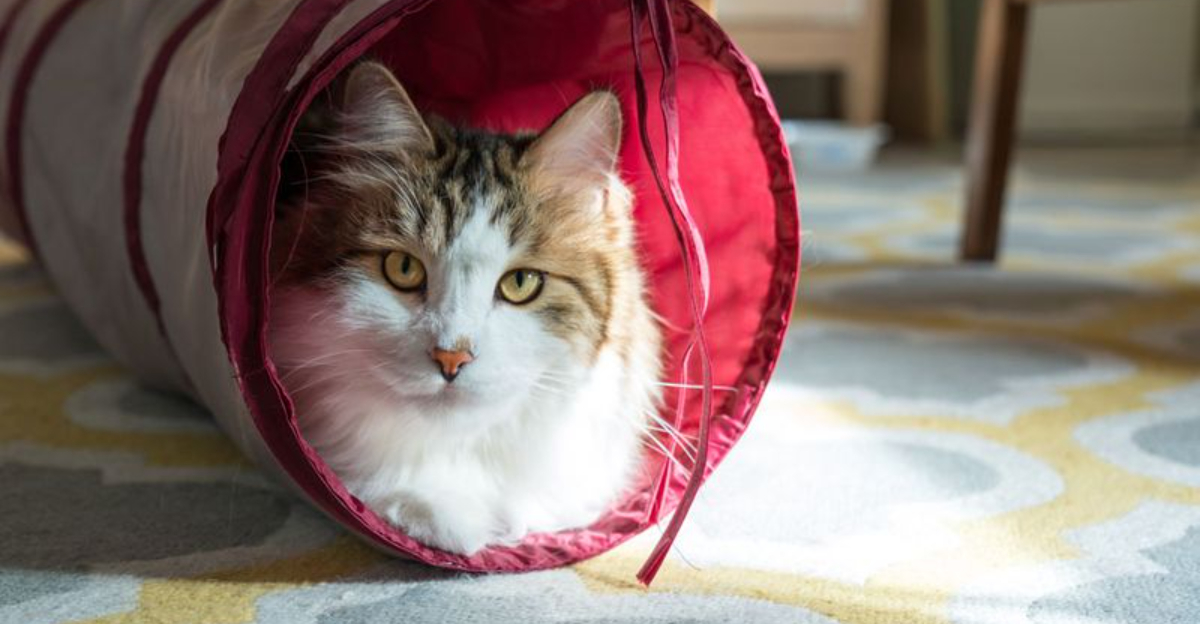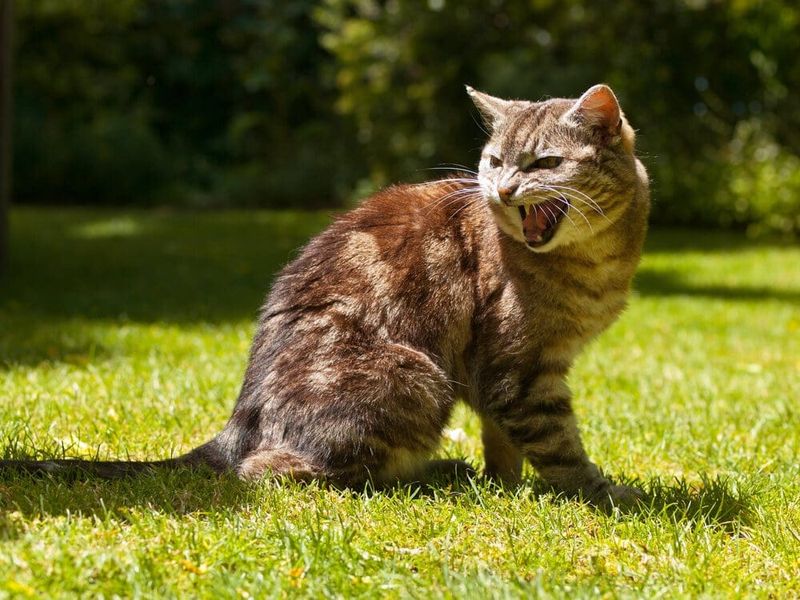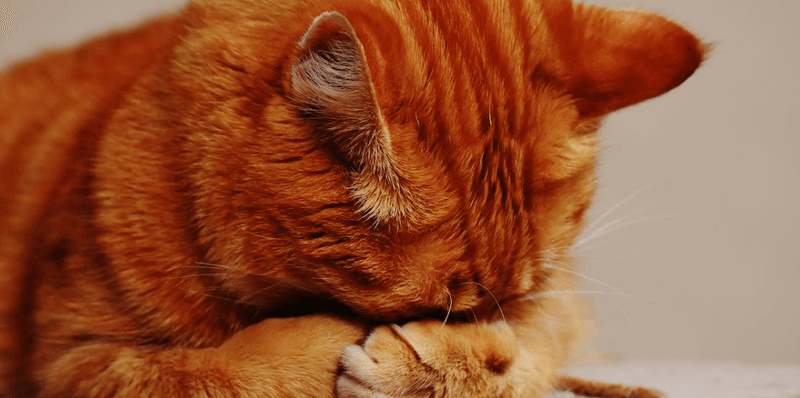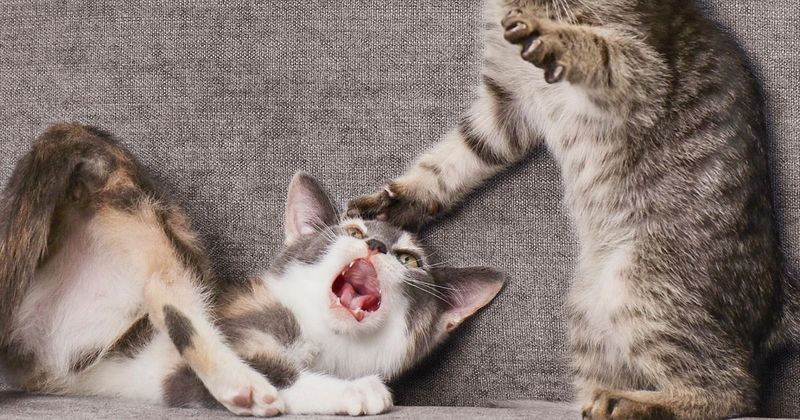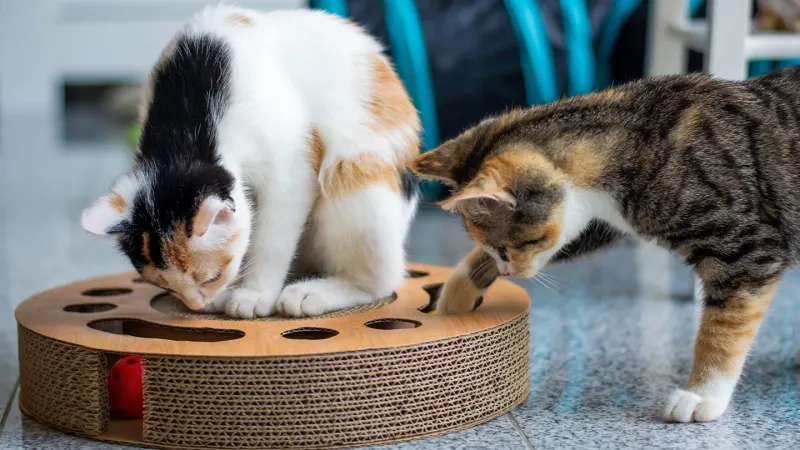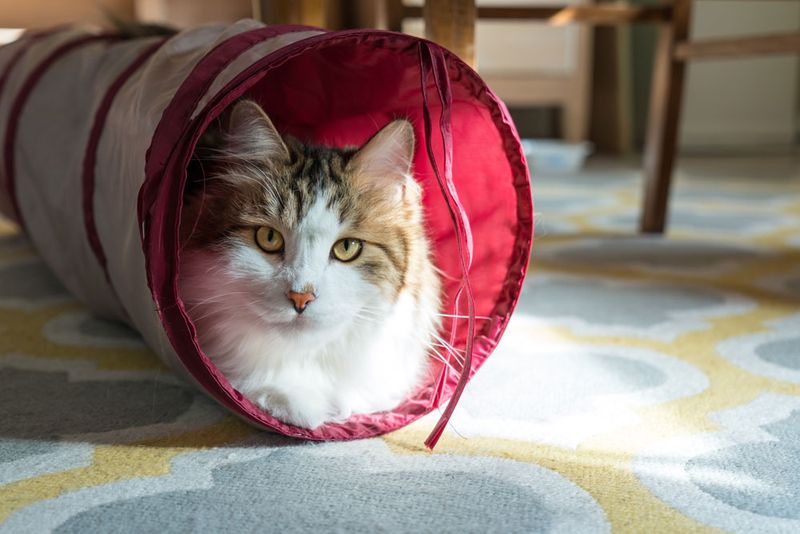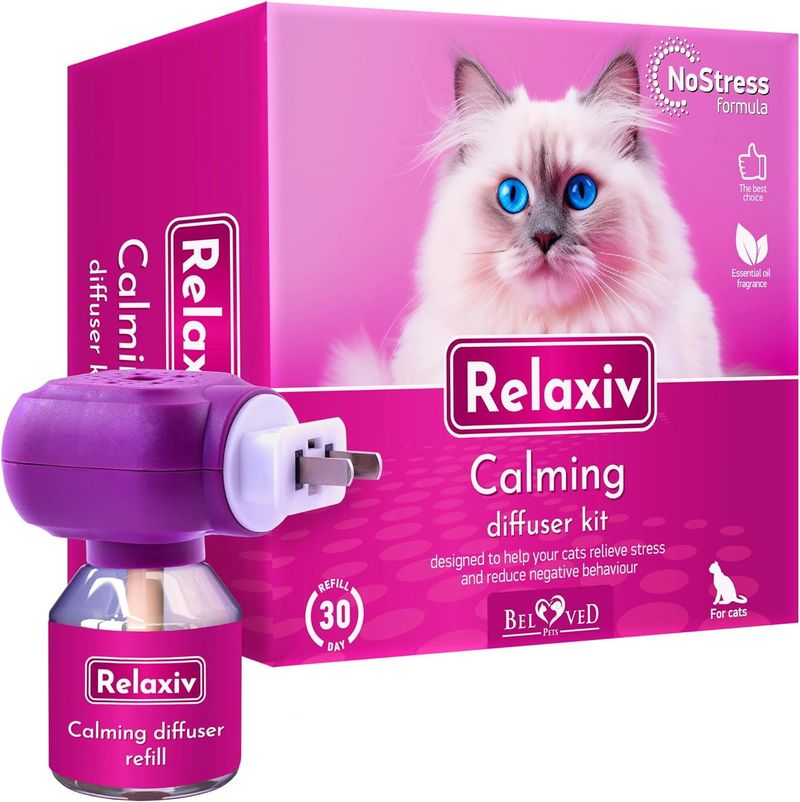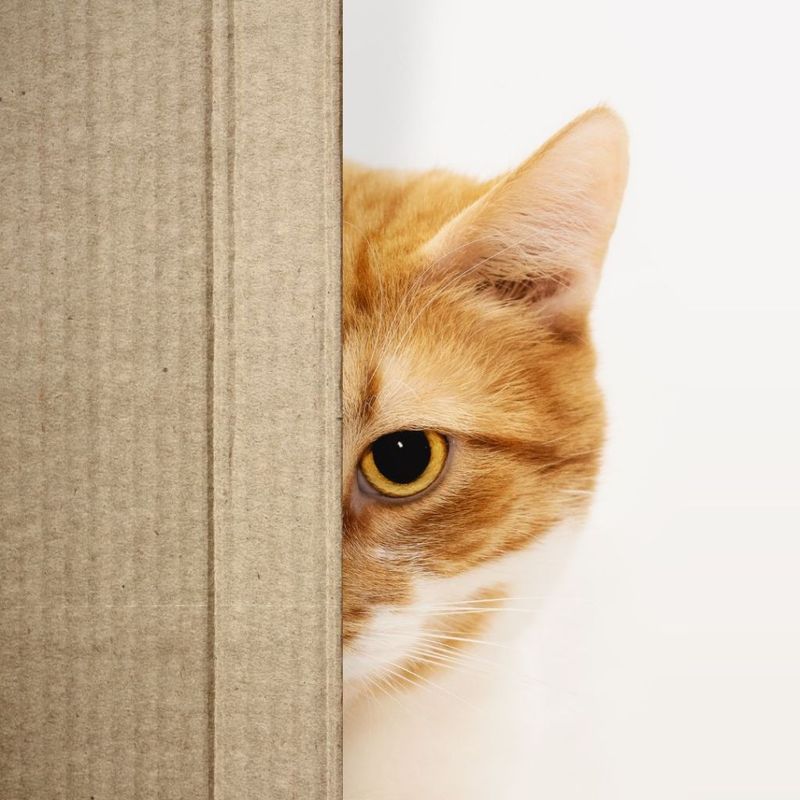📖 Table of Content:
Living with an aggressive cat can be both emotionally and physically challenging. Whether your feline companion lashes out during grooming, becomes territorial around guests, or reacts to touch with sudden swipes, it’s important to know that you’re not alone—and more importantly, that solutions exist. Many pet owners face similar issues, and understanding the roots of aggression is the first step toward a more peaceful home.
Aggression in cats isn’t always straightforward; it can be rooted in fear, medical conditions, frustration, or poor socialization. Unfortunately, punishment tends to worsen the problem, causing your cat to feel more threatened and defensive. That’s why a calm, compassionate, and strategic approach is essential. Through consistent effort and attention to your cat’s needs, you can gradually improve their behavior and rebuild trust between you.
This guide provides eight actionable strategies to manage and care for an aggressive cat. These tips address both behavioral and environmental factors, offering practical tools that you can implement right away. By recognizing patterns, adjusting your handling, and creating a secure environment, you’ll increase your cat’s comfort and reduce the intensity and frequency of their outbursts.
1. Identify the Cause of Aggression
Pinpointing the root of your cat’s aggression can significantly influence how you handle it. Fear is one of the most common triggers, often due to past trauma, loud environments, or unfamiliar people and pets. In some cases, pain from hidden illnesses like dental disease, arthritis, or urinary tract infections may cause sudden hostility. Instead of labeling the behavior as bad, treat it as a signal that something is wrong or unresolved. Veterinary visits are crucial in these situations—not only to check for medical issues but also to gather behavioral context. Once health concerns are ruled out, you can observe patterns more closely, like whether aggression occurs during certain activities or times of day. Awareness is the foundation for effective behavioral change.
2. Respect Their Boundaries
Understanding and respecting your cat’s personal space can make a significant difference in their demeanor. Unlike dogs, cats may not always seek or enjoy prolonged physical contact and can react defensively when overstimulated. A flicking tail, sudden freezing, or flattened ears are subtle signs they’re feeling uncomfortable. When you honor their signals instead of forcing interaction, you build trust and reduce the likelihood of negative reactions. Giving your cat control over when and how contact happens can help them feel safer in your presence. This doesn’t mean withdrawing affection altogether, but rather offering it on their terms. Over time, a cat that feels respected is more likely to initiate positive engagement.
3. Use Positive Reinforcement
Rewarding a cat for calm behavior can be more effective than punishing aggression. Offering treats, verbal praise, or playtime when your cat behaves well encourages them to repeat the behavior. For example, if your cat remains calm when guests arrive, reward them with a treat. Avoid punishment; it often exacerbates fear and aggression. Instead, focus on reinforcing positive interactions. Over time, your cat may start associating calm behavior with rewards, leading to a decrease in aggressive tendencies. Making positive reinforcement a regular practice fosters a more peaceful home.
4. Provide Enrichment and Play
Stimulation is vital for a cat’s mental and emotional health, particularly for indoor cats with limited natural outlets. Boredom can quickly escalate into aggressive antics as your cat searches for something to release their energy on. Introducing a variety of toys, such as feather wands, kickers, or treat puzzles, provides constructive ways to burn off tension. Frequent play sessions not only reduce stress but also strengthen your bond. Rotate toys weekly to keep things interesting and encourage hunting instincts in a safe, playful way. High perches, window views, and scratching posts also add value to their daily routine. A well-engaged cat is often a calmer and more manageable companion.
5. Create a Safe Environment
A secure, stress-free living space can dramatically reduce aggressive behaviors. Offer multiple hiding spots, such as boxes, tunnels, or covered beds, where your cat can retreat without fear of being disturbed. Elevated areas like cat trees give them a sense of control and safety, which helps minimize defensive behavior. In multi-pet homes, ensure that each animal has access to their own food bowls, litter boxes, and sleeping areas to avoid resource guarding. Soft lighting, minimal noise, and consistent routines also help nervous cats feel more at ease. Rearranging furniture too often or allowing strangers into their space without gradual introductions can unsettle them. By giving your cat predictability and security, you provide the conditions necessary for calmer behavior.
6. Avoid Triggers
Not all aggression is random—many cats react to specific stimuli that set them off. Whether it’s loud vacuum cleaners, certain people, or even another animal outside the window, these triggers can be overwhelming. Identifying and managing these factors means your cat doesn’t have to stay in a constant state of alert. For unavoidable triggers, gradual desensitization is key—introduce them slowly and from a distance while pairing with positive reinforcement. Keep in mind that reactions might not happen immediately; sometimes, aggression can build over time with repeated exposure. Reducing your cat’s exposure or creating a buffer zone can help them feel less threatened. Preventing rather than correcting behavior is often the most effective approach.
7. Use Calming Aids
Natural and veterinary-recommended calming aids can offer relief for cats struggling with chronic stress or fear-based aggression. Products like pheromone diffusers mimic the scent of a mother cat and promote a calming atmosphere. Other options include calming collars, herbal sprays, and over-the-counter anxiety chews formulated for cats. While not magic solutions, they can complement behavioral strategies by taking the edge off your cat’s stress responses. Consult your veterinarian before introducing supplements, especially if your cat is on other medications. Use these tools in tandem with environmental improvements and training—not as replacements. Many owners see noticeable changes when multiple strategies are combined thoughtfully.
8. Consult a Professional
When progress stalls or aggression escalates, seeking professional help is often the most effective path forward. A feline behaviorist or a veterinary behavior specialist can assess your cat’s environment, history, and patterns to create a tailored plan. These professionals bring experience and insight that goes beyond what most pet owners can achieve alone. Their interventions might include behavior modification programs, supervised exposure techniques, or medical treatments. The goal isn’t just to suppress aggression, but to address its underlying causes and help your cat feel more secure. Many aggressive cats make significant progress with the right support and structure. If you feel overwhelmed, remember that expert help is both available and worthwhile.
